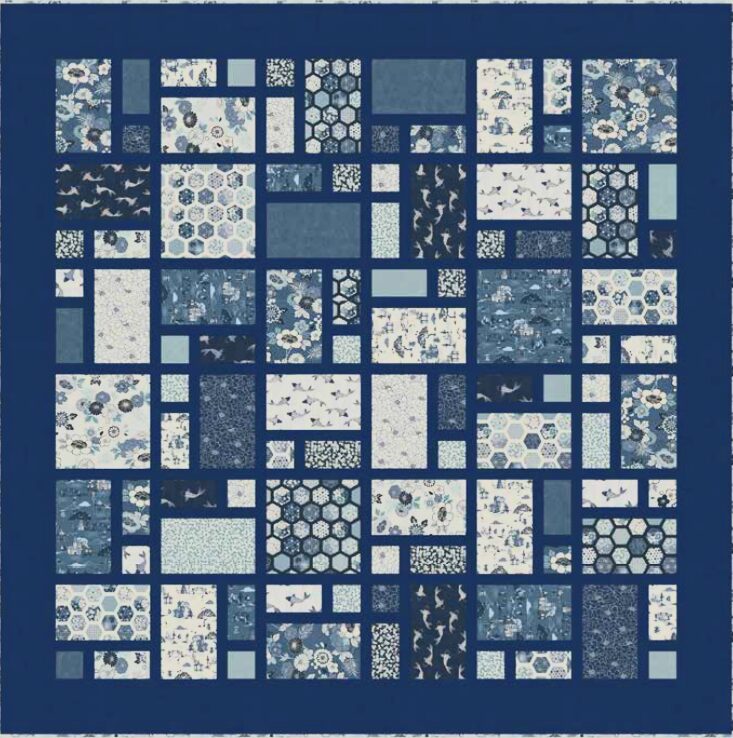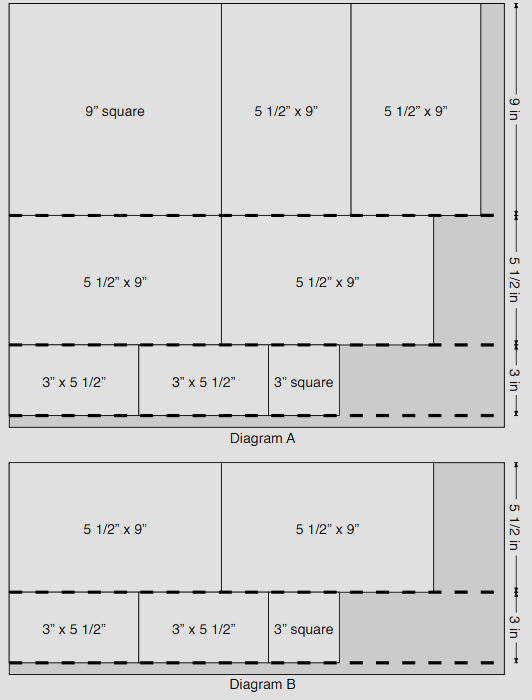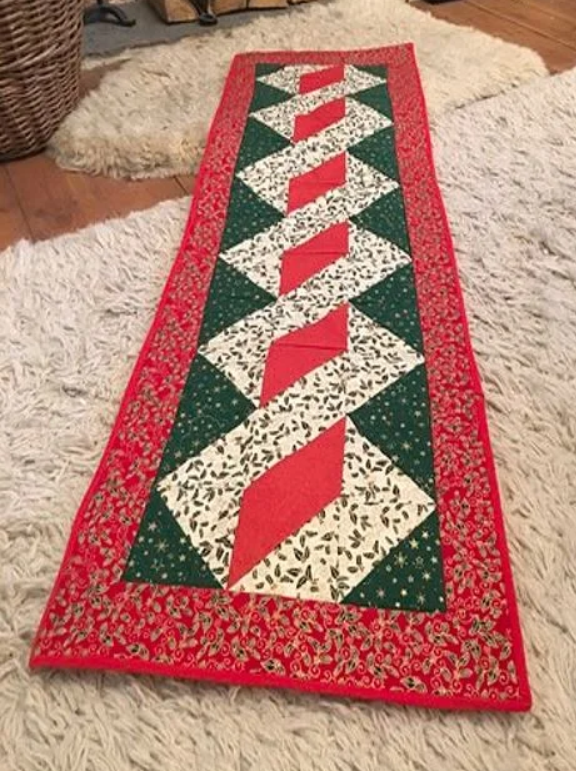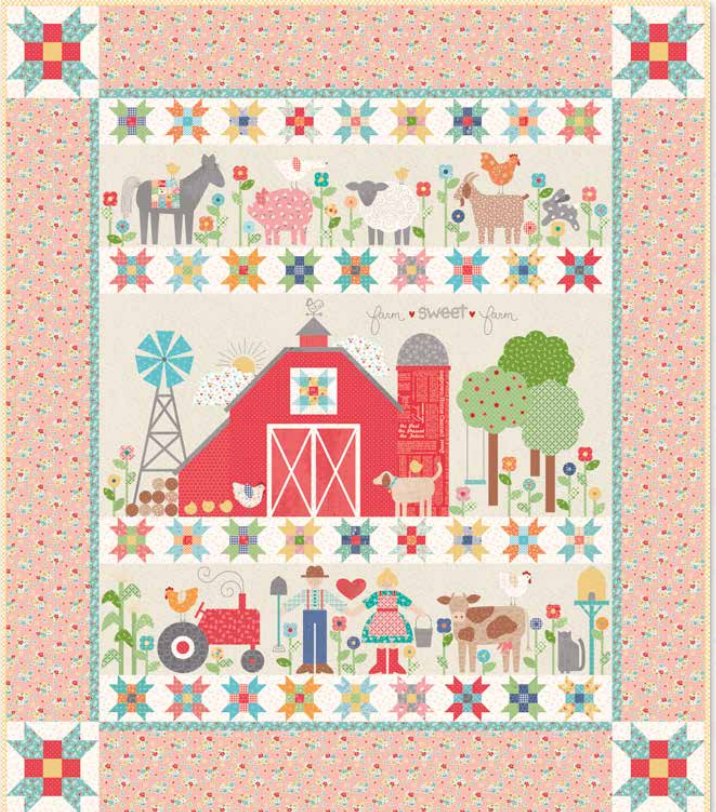In the vibrant world of quilting, where colors dance and patterns tell stories, few hues possess the captivating allure of indigo. The deep, rich blue of indigo dye has enchanted artisans for centuries, weaving its way through cultures and epochs with timeless elegance. Today, we embark on a journey to explore the indigo quilt pattern, a classic motif that continues to inspire quilters around the globe.
Indigo holds a special place in the history of textiles. From its origins in ancient civilizations to its prominence in traditional Japanese artistry, indigo has been cherished for its depth and versatility. In quilting, this enchanting hue takes center stage, evoking a sense of calm, sophistication, and mystery.
The beauty of indigo quilt patterns lies not only in their stunning visual appeal but also in their versatility. Whether you prefer modern geometric designs or classic patchwork motifs, indigo seamlessly blends with various styles and aesthetics, adding depth and character to any quilt project.

One of the most iconic indigo quilt patterns is the “Indigo Star.” This striking design features intricate star blocks set against a backdrop of deep indigo fabric, creating a mesmerizing interplay of light and shadow. The Indigo Star quilt pattern is a testament to the enduring allure of traditional quilt blocks, reimagined through the lens of indigo’s timeless charm.




